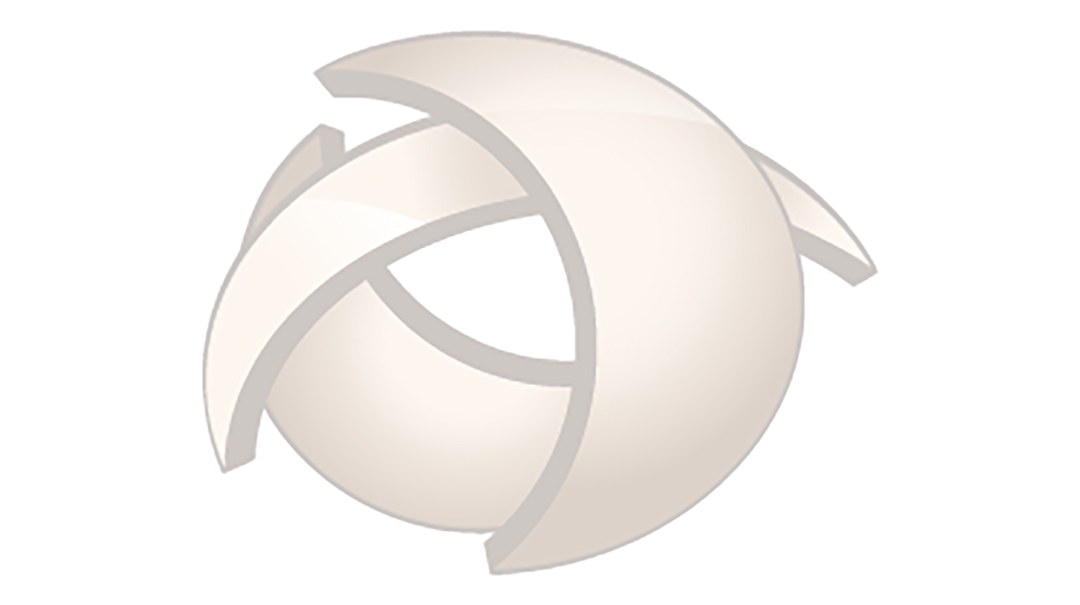What is Pelvic Rehabilitation?
Pelvic rehabilitation is a type of therapy addressing pelvic floor weakness, tightness and muscle imbalances. Muscles in the pelvic area sometimes become tight or weak, leading to a variety of painful or debilitating ailments that can affect your daily life. A physical therapist will provide a musculoskeletal examination to determine what specific type of treatment you’ll need. An internal musculoskeletal assessment of the pelvic floor may be indicated with patient consent. Care will be taken that the patient is absolutely comfortable with internal techniques. The therapist will also likely want to get as much of your medical history as possible.
What Conditions Can it Treat?
Pelvic floor rehabilitation can be beneficial for those suffering from several types of conditions. Pelvic dysfunction often includes several of the following:
- Incontinence: urinary and bowel
- Pelvic pain
- Painful Intercourse
- Interstitial Cystitis
- Chronic Pain
- Organ Prolapse
- Chronic Prostatitis
- Diastasis Recti
- Post-Surgical rehab:
- Men: TURP, DVIU, Prostatectomy, Radiation Seeding, Hernia
- Women: Hysterectomy, C-section
- Prenatal and postpartum pain
- Pelvic Fractures
These are just a few of the many conditions pelvic floor rehabilitation can relieve or eliminate.
Getting Treatment
However, evaluation by a trained physical therapist can help. Thanks to advanced training we are able to help identify the causes of your pelvic floor dysfunction and determine the best treatment. He or she will likely assist you with several forms of exercise and manual therapy to reduce pain, lessen symptoms, and potentially heal your condition.
Our treatments include:
- Exercises:
- Postural: These types of exercises specifically improve posture and muscles affecting posture. Large therapy balls or medicine balls may be incorporated into your exercise routine.
- Myofascial: Myofascial pain can result from trigger points located all over the body. Myofascial exercises will target the pelvic floor muscles and the connecting fascia. Stretches, massages, and bouts of light exercise may all be part of the treatment prescribed by your physical therapist.
- Strengthening: Your therapist will teach you specific exercises to stretch and strengthen other important muscles that help support proper bladder function.Specifically your sphincter muscles for both power and endurance. You need both types of strength for good bladder control especially for stress incontinence.
- Relaxing: There are several techniques your therapist can use to help you relax. A few include guided imagery and biofeedback. Once relaxed, it will make it easier for your therapist to massage and stretch your muscles.
- Coordination: Not just Kegals, but firing the right muscles at the right time, in the right sequence so all your muscles work together.
- Diaphragmatic Breathing – Deep breathing exercises can help relax muscles in the pelvic area. Deep breaths allow your diaphragm to slowly contract and expand. This in turn causes muscles in the pelvic floor to drop and lengthen.
- Manual therapy
- Soft-tissue mobilization
- Joint mobilization
- Muscle Energy Techniques
- IASTM
- Internal Pelvic Floor Manual Techniques
- Bladder retraining
- Pelvic floor biofeedback
- Pelvic floor e-stim
- Behavior change:
- Diet and Nutrition
- Education and awareness
Your pelvic floor muscles, tendons, and ligaments are extremely important as they support the core of your body. There are several specific techniques a physical therapist may use during a pelvic therapy session. The type of exercises and methods your physical therapist uses will depend on the treatment plan created to address your particular condition. You may also be given a home program that includes a list of therapeutic exercises you’ll need to follow.
The goal of pelvic floor therapy is to provide relief from your pelvic symptoms, improve flexibility, relieve pain, and increase your overall function. Contact Us Today at (208) 233-4800 for more information regarding how pelvic floor rehab can work for you.
What is Incontinence?
Urinary incontinence is any undesired leakage of urine. This ranges from full loss of bladder control to small amounts of leakage. But any amount of leakage is NOT normal. Incontinence can affect both men and women. Over 25 million adults in America are affected by incontinence: 57% of women between the ages of 35 and 74 and 11-34% of men. However, only 1 in 12 people will share this issue with their primary care provider. It’s a problem and it’s not talked about. Despite the high success rates in treating incontinence, only 1 out of every 12 people affected seeks help. Don’t be like those other 11 people.
There are different types of urinary incontinence, including:
- Stress incontinence. This occurs when there is increased intra-abdominal pressure and the pelvic-floor muscles do not have the control to maintain continence. Those with stress incontinence leak urine during a physical activity, such as exercise, playing a sport, or simply laughing, coughing or sneezing.
- Urge incontinence. People with urge incontinence can experience a sudden, strong need to pass urine, and leak before reaching the bathroom.
- Mixed incontinence. Some people experience both stress and urge incontinence.
- Urinary frequency. Some people feel the need to empty the bladder frequently throughout the day and more than once during the night.
Pelvic Pain
Pelvic pain can occur for a number of reasons. This type of pain can be limiting and, for some people, even a bit embarrassing. This is an issue for up to 20% of the population in the United States, including women and men. This can include:
- pain with intercourse
- interstitial cystitis
- irritable bowel syndrome
- vulvodynia, and vestibulitis
- pain in the testicles or penis
- and pain in the lower back.
This is a complex condition that is approached with care and understanding. By working with you and your health care team we can have a great effect on the above painful conditions by retraining the pelvic floor muscles and the processing of pain.
Pelvic rehabilitation is a relatively new area of physical therapy that many people may not be familiar with. A trained physical therapist can use pelvic therapy to help you reduce or completely eliminate the pain and symptoms associated with several types of conditions. Chronic pelvic pain (considered “chronic” when it lasts for more than 6 months), urinary incontinence, and pain after pregnancy are just a few of the problems that can be treated with this type of therapy.
Contact Meadowland Therapy today to learn how we can help you relieve pain and improve physical functioning through the use of pelvic floor rehab.[/vc_column_text][/vc_column][vc_column width=”1/3″][mk_button corner_style=”rounded” size=”large” letter_spacing=”3″ icon=”mk-moon-clipboard-4″ url=” https://meadowlandtherapy.com/patient-forms/” target=”_blank” nofollow=”true” button_custom_width=”330″ margin_top=”15″ margin_right=”0″ bg_color=”#540000″]PATIENT INFO/FORMS[/mk_button][mk_button corner_style=”rounded” size=”large” letter_spacing=”3″ icon=”mk-icon-question-circle” url=”https://meadowlandtherapy.com/faq/” target=”_blank” nofollow=”true” button_custom_width=”330″ margin_top=”15″ bg_color=”#540000″]FAQ’s[/mk_button][mk_button corner_style=”rounded” size=”large” letter_spacing=”3″ icon=”mk-icon-male” url=”https://meadowlandtherapy.com/services-basic/” target=”_blank” nofollow=”true” button_custom_width=”330″ margin_top=”15″ bg_color=”#540000″]CONDITIONS WE TREAT[/mk_button][mk_button corner_style=”rounded” size=”large” letter_spacing=”3″ icon=”mk-moon-location-2″ url=”https://www.google.com/maps/dir/42.9191178,-112.4159531/meadowland+therapy/@42.9127021,-112.4811245,13z/data=!3m1!4b1!4m9!4m8!1m1!4e1!1m5!1m1!1s0x535545eaf91bf6e9:0x9aa1ffb145463f8d!2m2!1d-112.4718873!2d42.9048484″ target=”_blank” nofollow=”true” button_custom_width=”330″ margin_top=”15″ bg_color=”#540000″]CLICK FOR OUR MAP[/mk_button][mk_padding_divider][mk_contact_info title=”OUR LOCATION” phone=”(208) 233-4800″ fax=”(208) 233-4887″ email=”meadowlandtherapy@gmail.com” address=”1033 W. Quinn Road”][/vc_column][vc_column][/vc_column][/vc_row]


